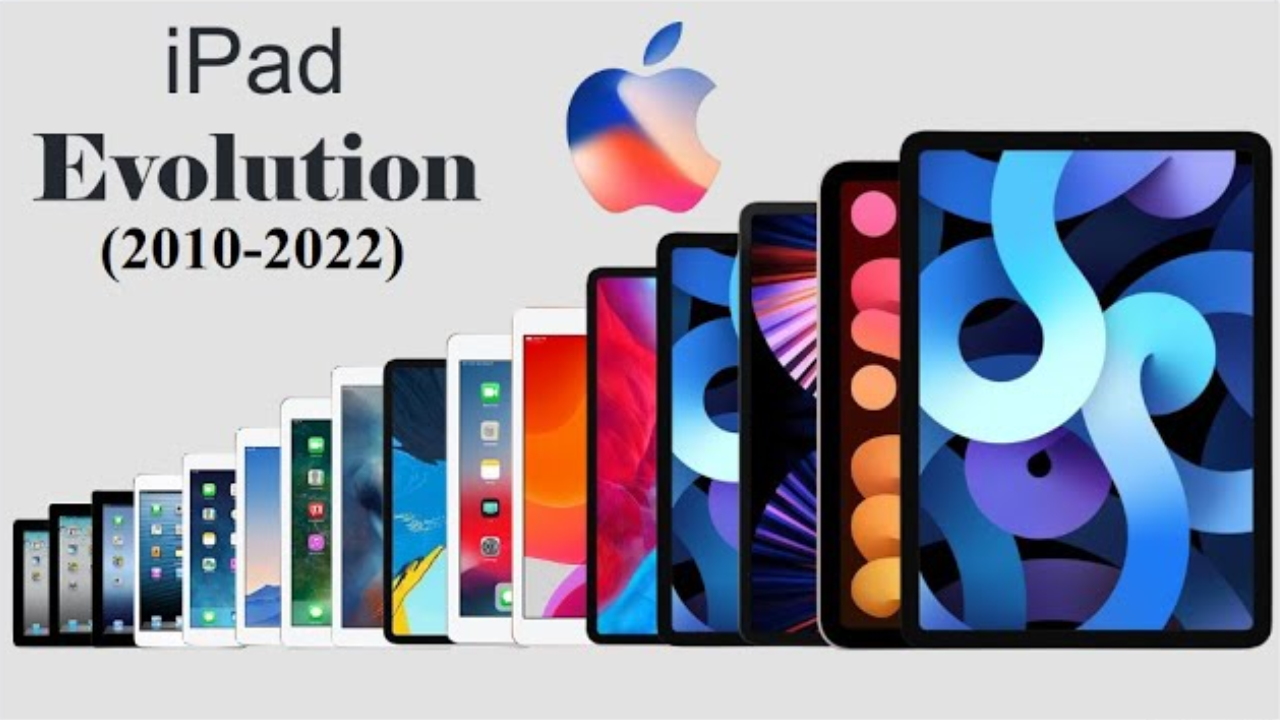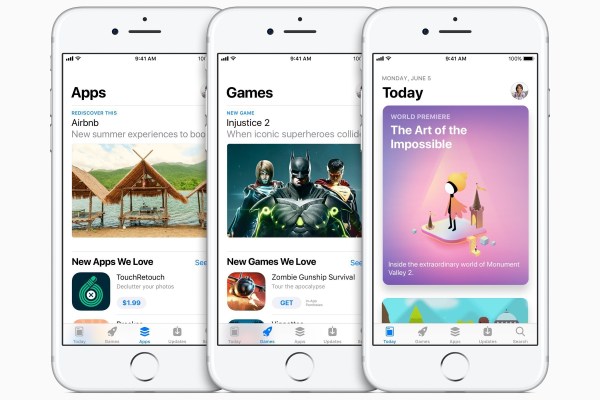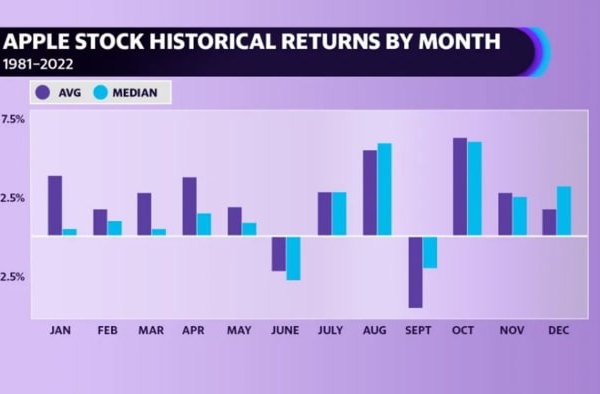Apple iPad History: The First Rumors and Development

The history of the Apple iPad is marked by anticipation and innovation, beginning with early iPad rumors that hinted at its development as far back as 2005. Apple co-founder Steve Jobs was known to have explored the concept of a tablet, fueled by his fascination with minimalist design, despite his public denials about a tablet device. Over the years, the development of Apple tablets evolved, intertwined with pivotal moments such as the filing of key Apple patents that laid the groundwork for the iconic device. Fast forward to its eventual launch date in 2010, and the iPad transformed the landscape of personal computing, revolutionizing how consumers interact with technology. From its inception to its release, the journey of the iPad showcases Apple’s commitment to innovation and design excellence in the tech industry.
Exploring the evolution of Apple’s tablet device, we can trace the fascinating story behind this groundbreaking technology. The development of the iPad, initially shrouded in secrecy and speculative whispers, was influenced by the visionary ideas of industry pioneers and historical concepts like Alan Kay’s Dynabook. While some speculated about potential tablet designs, the tech giant was busy laying the foundation for a revolutionary product that eventually redefined mobile computing. Key moments in Apple tablet development, including pivotal patent applications and design breakthroughs, contributed to the eventual release of the iPad. Understanding this background helps us appreciate the monumental impact the iPad has had on both the company and the broader technology landscape.
The Origins of the Apple iPad: An Idea Takes Shape
The concept that would eventually evolve into the Apple iPad dates back to the mid-2000s when whispers of an Apple tablet began circulating in tech circles. Specifically, on April 13, 2005, a report surfaced suggesting that Apple was collaborating with Quanta to develop a 15-inch touchscreen device. At this point, Apple co-founder Steve Jobs had already been contemplating the idea of a tablet, inspired by concepts like Alan Kay’s Dynabook, which envisioned a simple personal computing device. Despite initial denials from Jobs, the excitement around the Apple tablet began to grow amongst consumers and tech enthusiasts alike, heralding the start of what would become a significant chapter in Apple’s product lineup.
Interestingly, while the rumors were officially dismissed, the notion of a more portable device resonated with Jobs’ philosophy of minimalism. He envisioned a device that was fundamentally just a screen – a stark contrast to the bulky computers of the time. This idea laid the groundwork for what would later culminate in the iPad, showcasing how rumors often serve as a speculative reflection of companies’ innovative aspirations.
Steve Jobs and the Development of the iPad
Steve Jobs played a pivotal role in the evolution of the iPad, channeling his vision into its development. Although he publicly denied any plans for a tablet back in 2003, the idea lingered in the back of his mind. Upon returning to Apple, Jobs took an interest in the tablet form factor, noting the technological advancements that could make such a device viable. His belief in the tablet as a revolutionary device was bolstered by Apple’s significant engineering resources, which had culminated in the successful launch of the iPhone.
The collaboration between Jobs and Apple’s design chief, Jony Ive, proved instrumental in shaping the iPad. Under their guidance, Apple filed a design patent for an ‘electronic device’ that bore a striking resemblance to the iPad as we know it today. This patent laid the foundation for innovative features, such as a touch interface that would engage users in an entirely new way. Jobs envisioned the iPad not just as a new product, but as an extension of how people could interact with digital media – an idea that would redefine the tablet market upon its eventual release.
The Impact of iPad Rumors on Consumer Anticipation
The early rumors surrounding the iPad played a crucial role in building consumer anticipation for Apple’s tablet. With the first hints emerging in 2005, tech enthusiasts began speculating about what an Apple tablet might look like and how it would fit into their lives. As various rumors swirled regarding touch capabilities, potential uses, and design features, consumers grew increasingly invested in the idea. This buildup of speculation created a narrative where every new leak or announcement was met with excitement, ultimately setting a high bar for Apple’s eventual reveal.
Even though the reality of the iPad launch would not occur until five years later, the sustained buzz over the years demonstrated the power of rumors in tech marketing. Apple effectively harnessed this intrigue, turning speculation into a successful launch strategy that leveraged months of careful planning and consumer engagement.
Apple Patents that Foreshadowed the iPad’s Release
The story of the iPad’s conception is steeped in innovation and foresight, exemplified by Apple’s strategic patent filings. Notably, in March 2004, a year before the first rumors of an Apple tablet emerged, the company submitted a patent application for a device that would closely resemble the iPad – showcasing designs that included a large touchscreen interface. This foresight highlighted Apple’s commitment to pioneering new technology while simultaneously planting the seeds for future product announcements.
These patent filings reveal the meticulous planning that goes into developing groundbreaking products. They underscore the philosophical alignment within Apple regarding how technology should evolve, with a particular focus on user experience. The insights gleaned from these patents not only shaped the iPad itself but also influenced the mobile computing landscape, demonstrating Apple’s proactive approach in a highly competitive tech environment.
Key Milestones Leading Up to the iPad Launch Date
The path to the iPad’s launch was marked by several critical milestones that fortified Apple’s aspirations for this new product. Following years of speculation, Apple officially announced the iPad on January 27, 2010, revealing its sleek design and innovative features. This launch was the fruit of years of development and refinement, ideas bubbling to the surface from concepts as early as 2004, paired with the technical prowess they acquired through the success of the iPhone.
This milestone was accompanied by a significant marketing campaign that emphasized the iPad’s role in transforming the way users interacted with media, thus educating an eager public about the potential of tablet technology. Apple’s approach effectively communicated the iPad’s capabilities beyond that of a simple tablet, positioning it as a versatile tool for both entertainment and productivity.
The Influence of iPad Rumors on Apple’s Market Strategy
The anticipation generated by iPad rumors not only heightened public interest but also influenced Apple’s market strategy. The buzz surrounding earlier speculations allowed Apple to gauge consumer interest and innovate features that would resonate with potential buyers, thus refining their approach leading up to launch. This strategic insight exemplifies how Apple has historically leveraged rumors to shape their product strategies, ensuring that they match consumer expectations.
By fostering a narrative around the iPad leading up to its launch, Apple capitalized on the excitement, ultimately resulting in high pre-order numbers and widespread media coverage. This practice of utilizing speculation reflects a savvy understanding of the tech marketplace, as Apple positioned the iPad as a revolutionary product, setting it apart from other tablets that existed at the time.
Apple’s Tablet Development Journey: From Concept to Creation
Apple’s journey to creating the iPad was not a linear path; rather, it involved a series of considerations and iterations over many years. From the transformational vision of the Dynabook to the various prototypes that were explored during the development phase, each step was essential in defining what the iPad eventually became. Apple’s continual learning process from failed endeavors, such as the Newton, and successful iterations like the iPhone provided a rich foundation from which the iPad would emerge.
The commitment to research and development unearthed through employee surveys in the early 2000s demonstrated Apple’s foresight in anticipating a growing demand for portable computing devices. By collecting insights from these surveys, Apple was able to create a product that addressed genuine consumer needs rather than merely conforming to market trends.
Apple iPad: A Revolutionary Product in the Tech Industry
Upon its launch in 2010, the Apple iPad set a new standard in the tech industry. It revolutionized the tablet market by combining functionality with an intuitive touch interface that appealed to a broad spectrum of users. Its design and usability allowed it to fill gaps in the existing market, bridging the divide between smartphones and laptops. This innovative step not only demonstrated Apple’s design prowess but also unveiled new possibilities for content consumption, gaming, and productivity.
With its release, the iPad inspired a subsequent wave of competitors, prompting a reevaluation of tablet development across the industry. Apple’s emphasis on seamless user experience established a benchmark, encouraging rival companies to follow suit, altering the landscape of mobile technology as we know it. The iPad’s success also cemented Apple’s status as a leader in technological innovation, solidifying its role in shaping future devices.
Consumer Reactions to the iPad Launch: Hype vs. Reality
The public’s reaction to the iPad’s launch was electric, filled with both excitement and scrutiny. Early reviews praised its sleek design and intuitive interface, while others questioned its functionality and whether it could replace traditional laptops. The blend of eager anticipation, shaped by years of rumors, paired with skepticism about the product’s capabilities, highlighted the balancing act Apple had to navigate in marketing the iPad. Despite critiques regarding applications and multitasking, consumers quickly embraced the device, drawn in by Apple’s ecosystem.
This dichotomy of hype versus reality showcased our increasing dependence on mobile devices and the potential for tablets to serve as an extension of our digital lives. As the iPad found its footing in the market, it became clear that despite the initial mixed feelings, Apple had crafted a device that would alter consumer behavior, making the iPad an indispensable part of many users’ lives.
Frequently Asked Questions
What are the origins of the Apple iPad history?
The origins of Apple iPad history can be traced back to early 2005 when rumors began circulating about a potential tablet computer from Apple. Although initially denied by Steve Jobs, these early whispers set the stage for what would eventually become the iPad, inspired by concepts like Alan Kay’s Dynabook.
How did the iPad rumors contribute to its eventual launch?
iPad rumors played a significant role in building anticipation for the device before its launch. Speculations began in 2005 and gathered momentum through various reports, which ultimately led to Apple revealing the iPad on January 27, 2010, after years of development influenced by earlier tablet concepts and Apple’s own patent filings.
What was Steve Jobs’ involvement in the Apple tablet development?
Steve Jobs was deeply involved in Apple tablet development, having conceptualized the iPad’s minimalist design and functionality. Although he initially downplayed the idea of a tablet in 2003, his vision for a simple, touch-based interface ultimately materialized in the iPad, which was released in 2010.
What patents did Apple file related to its tablet development?
In 2004, prior to any iPad rumors, Apple filed a design patent application for a device strikingly similar to the iPad. This patent indicated Apple’s ongoing interest in developing a tablet-like device, laying the groundwork for the successful launch of the iPad years later.
What was the iPad launch date and its impact on Apple history?
The iPad was officially launched on April 3, 2010. Its release marked a significant milestone in Apple history, introducing a new product category and changing how people interacted with technology, ultimately impacting the tablet market and reaffirming Apple’s innovation in consumer electronics.
| Date | Event | Impact/Significance |
|---|---|---|
| April 13, 2005 | Rumor of Apple building a tablet | Initial excitement about Apple’s entry into the tablet market. |
| May 2003 | Steve Jobs denies tablet plans | Reinforced speculative interest in Apple’s tablet intentions. |
| 1968 | Introduction of Dynabook concept by Alan Kay | Served as a major inspiration for Apple’s iPad design. |
| March 2004 | Survey of customers related to the Newton | Gathered valuable insights on consumer demand for mobile devices. |
| 2004 | Patent filed for iPad-like electronic device | Signaled that Apple was considering tablet form factors long before the iPad launch. |
| 2010 | Release of the first iPad | Transformed the tablet market and defined the category. |
Summary
The history of the Apple iPad is marked by a blend of innovation and speculation, dating back to 2005 when rumors first suggested that Apple was developing a tablet device. Inspired by concepts like Alan Kay’s Dynabook, the journey towards the iPad was filled with initial denials and strategic planning, ultimately leading to its groundbreaking release in 2010. This rich history illustrates Apple’s commitment to redefining mobile computing and has significantly influenced how we interact with technology today.
You may also like

iOS App Store Success: A Milestone in Digital Distribution


First Email from Space: The Macintosh Portable’s Legacy
Archives
Calendar
| M | T | W | T | F | S | S |
|---|---|---|---|---|---|---|
| 1 | 2 | 3 | 4 | |||
| 5 | 6 | 7 | 8 | 9 | 10 | 11 |
| 12 | 13 | 14 | 15 | 16 | 17 | 18 |
| 19 | 20 | 21 | 22 | 23 | 24 | 25 |
| 26 | 27 | 28 | 29 | 30 | 31 | |